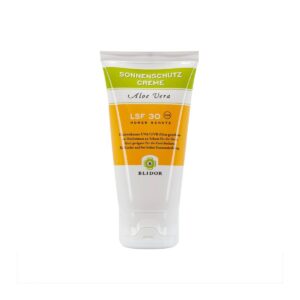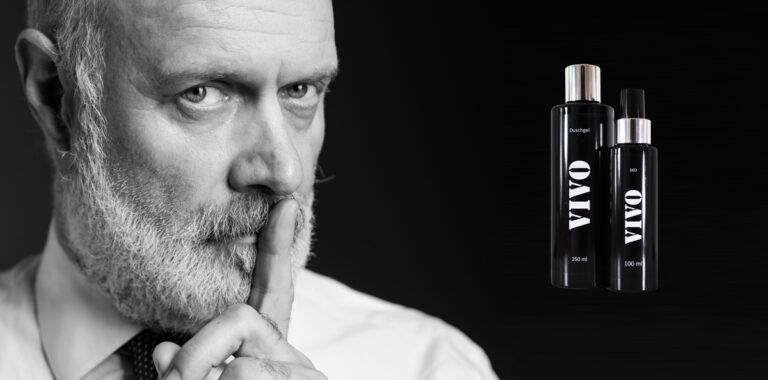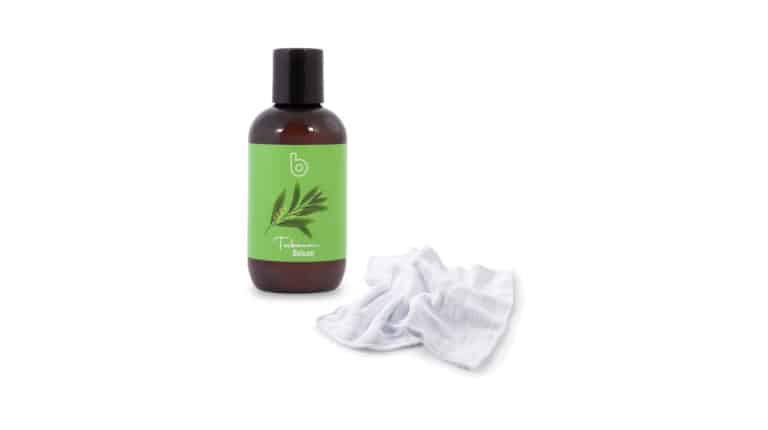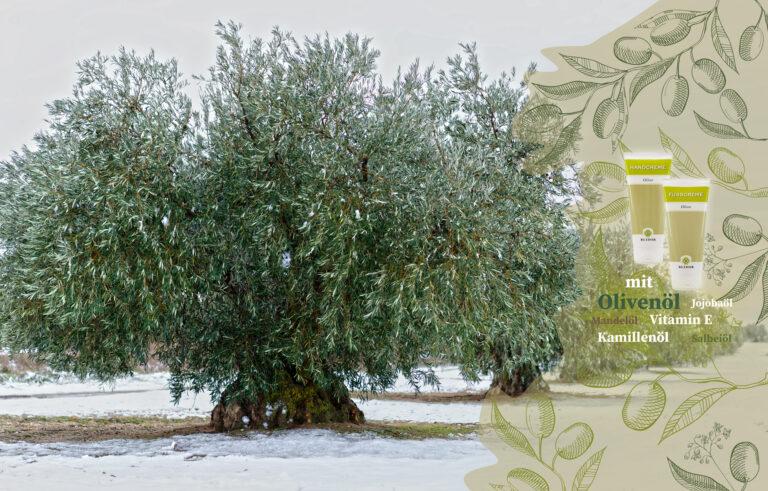Watch out for nano particles
Nanoparticles in cosmetics are considered dangerous and their effect is little researched. These are the smallest mineral particles (between 1 and 100 nanometres in size), which are used for example in sun creams as UV filters. The problem is that they are applied to the surface of the skin and thus enter our bodies. Typical nanoparticles that are used in sun creams are Zinc oxide and titanium dioxide (INCI: Zinc Oxide (Nano), Titanium Dioxide (Nano)).
The rule is: the finer the skin, the more caution with nanoparticles. A baby's fine skin absorbs more particles than a man's thick skin.
Alternatively, mineral filters are used, which also serve as UV filters. Since these are larger than the nanoparticles, mineral sun creams usually leave a white film. Thanks to research by various manufacturers, nanoparticle-free sun creams can now also be produced that do not leave a film. It is important to use the right raw materials.
Smearing instead of spraying
Ideally, you use sun creams instead of sun sprays. The reason is relatively simple - by spraying, you also spray the ingredients into the air and so they are inhaled. Studies have shown that zirconium oxide and titanium oxide are toxic to the lungs and the body. Inhalation therefore has a more intensive effect than application or even ingestion of these products.
Light protection factors detectable in the body
Frequently used sun protection factors enter the blood after a short time. So if they are applied over several days (e.g. during the summer holidays), this affects our body. The detection in the blood alone does not show a harmful effect - but it cannot be ruled out either. It is important that research takes up such issues and investigates the effect. For example, oxybenzone could also be detected in urine, breast milk or even amniotic fluid. EHMC, for example, has a "hormone-active" effect. That is, it has an influence on the hormone balance.
The more sensitive a body is, the more attention should be paid to it. I.e. especially during pregnancy or with babies, these ingredients should be avoided.
Avoid ingredients such as: Ethylhexyl methoxycinnamate (EHMC), Avobenzone, oxybenzone, octocrylene and ecamsul
Sunscreen definitely does more good than harm.
Natalie von Götz, Senior Scientist and Lecturer at ETH Zurich
Source: https://www.fritzundfraenzi.ch/gesundheit/arztbesuch/angeschmiert-warum-zu-viel-sonnencreme-gefahrlich-sein-kann
Tip for sun protection
The best sun protection is shade, long clothing and a head covering. But even in the shade, more than 50% of UV radiation reaches the skin. That is why it makes sense to use sunscreen as a supplement. Use the following Compatible and optimised products with high-quality ingredients (Blidor, for example, has a Compatible and effective Aloe Vera based sun cream developed without nanoparticles and chemical preservation).
Also pay attention to who the sunscreen is used for and in what context. Caution is advised especially for babies, children and during pregnancy.






